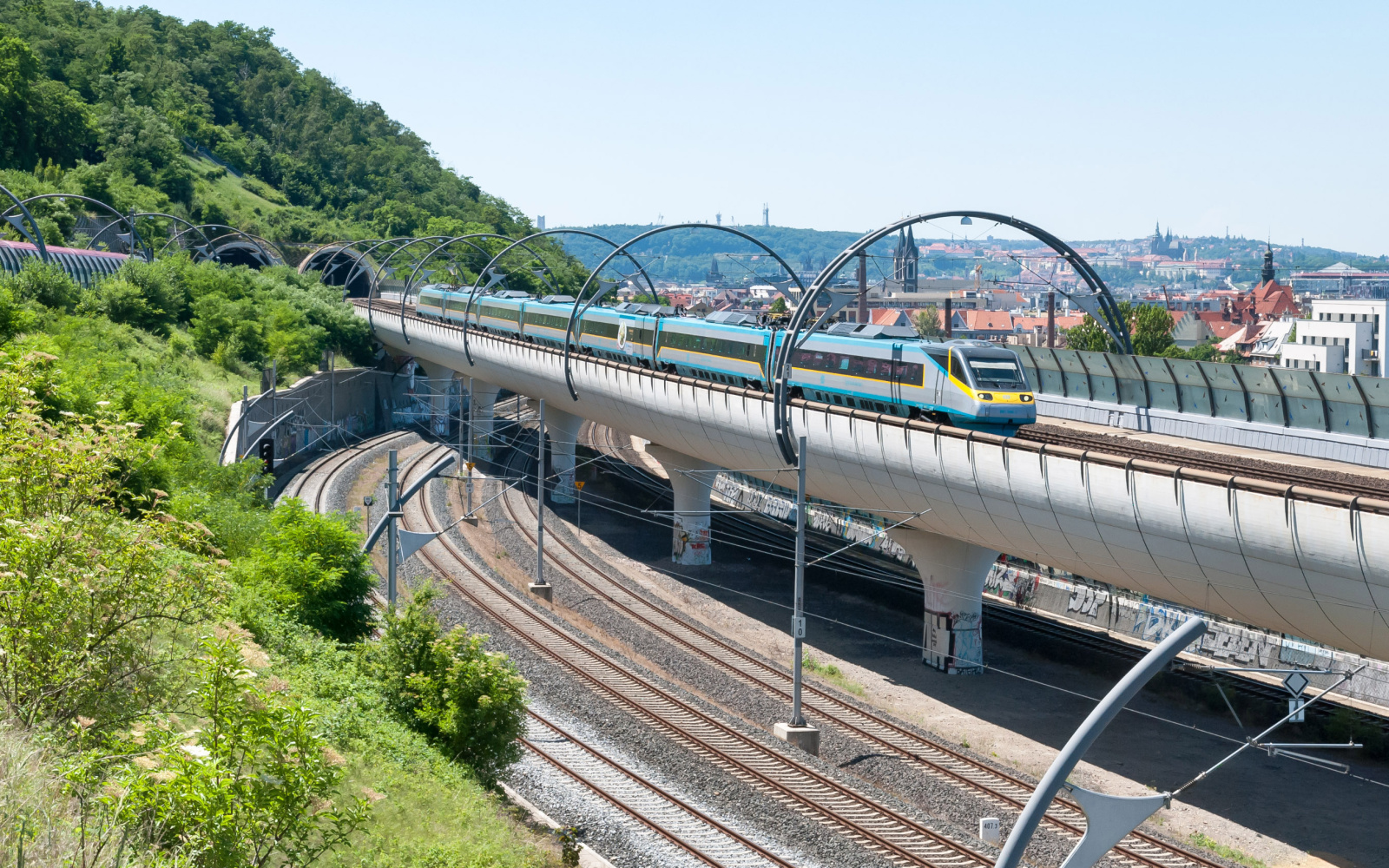The rail network in Czechia is on track for a transformative upgrade, with two key projects moving forward. Leading the charge is the Prague to Beroun tunnel, a monumental 24.7-kilometre underground route designed to streamline travel between Prague, western Bohemia, and Germany’s Bavaria. Meanwhile, modernisation works on the Pilsen to Domažlice line are also set to bolster cross-border links with Czechia’s neighbour.
Prague to Beroun: a tunnel to the future
Hailed as one of the most significant infrastructure projects in Czechia’s recent rail history, the planned tunnel from Prague’s Smíchov to Beroun has received a positive Environmental Impact Assessment (EIA) from the Ministry of the Environment, clearing a significant hurdle for the project. This ambitious project will allow trains to travel at speeds of up to 200 km/h, diverting long-distance passenger and freight traffic from the congested Berounka River line and significantly reducing travel times to western Bohemia and Bavaria.
The EIA reviewed the project’s impact on noise pollution, air and water quality, and overall environmental health. With all parameters meeting legal limits, the Railway Administration is preparing documentation for a construction permit, incorporating the conditions set out in the binding EIA opinion. Preparatory works are slated to begin in 2028, with full excavation starting in 2031. However, the project is far from nearing completion, with the line expected to open to passengers in 2038.
Czechia-Germany border-crossing upgrade
While the Prague to Beroun Tunnel takes centre stage, work on modernising the Pilsen to Domažlice line is also moving ahead, with the first section to Nýřany going to tender. Scheduled to begin mid-next year, the project includes a 12.3-kilometre stretch that will be upgraded to support train speeds of 100 km/h, with electrification and the installation of the European Train Control System (ETCS) for enhanced safety.
This modernisation, co-funded by the European Union’s Connecting Europe Facility (CEF), will pave the way for a future double-track line between Pilsen and Stod capable of speeds up to 200 km/h. The improvements will benefit both passenger and freight services, particularly for long freight trains of up to 740 metres. With the state border with Germany as its ultimate destination, the line promises to strengthen Czechia’s rail links with its western neighbour.
Read more:
Want full access? Take advantage of our exclusive offer
Are you already a subscriber?
